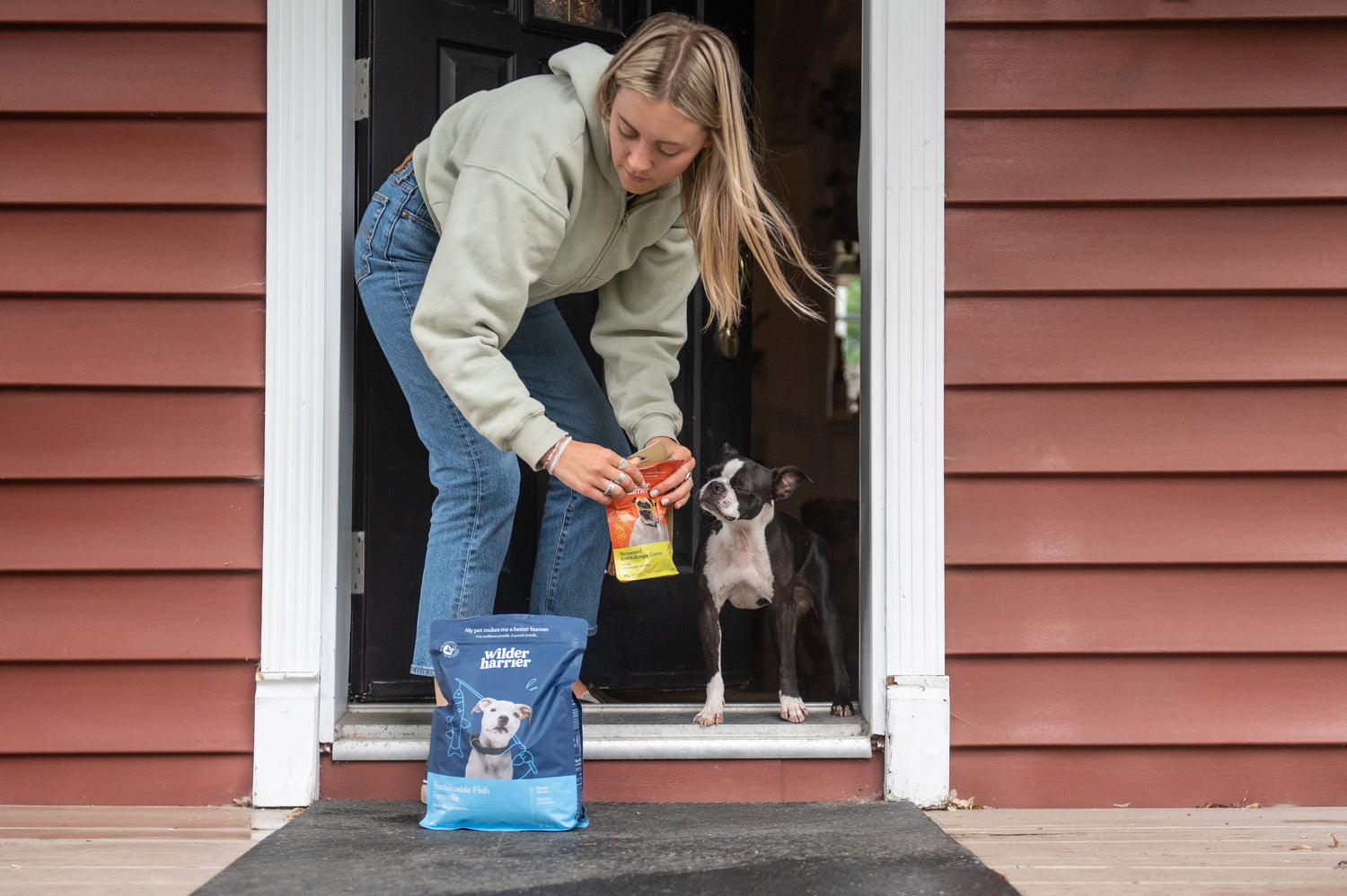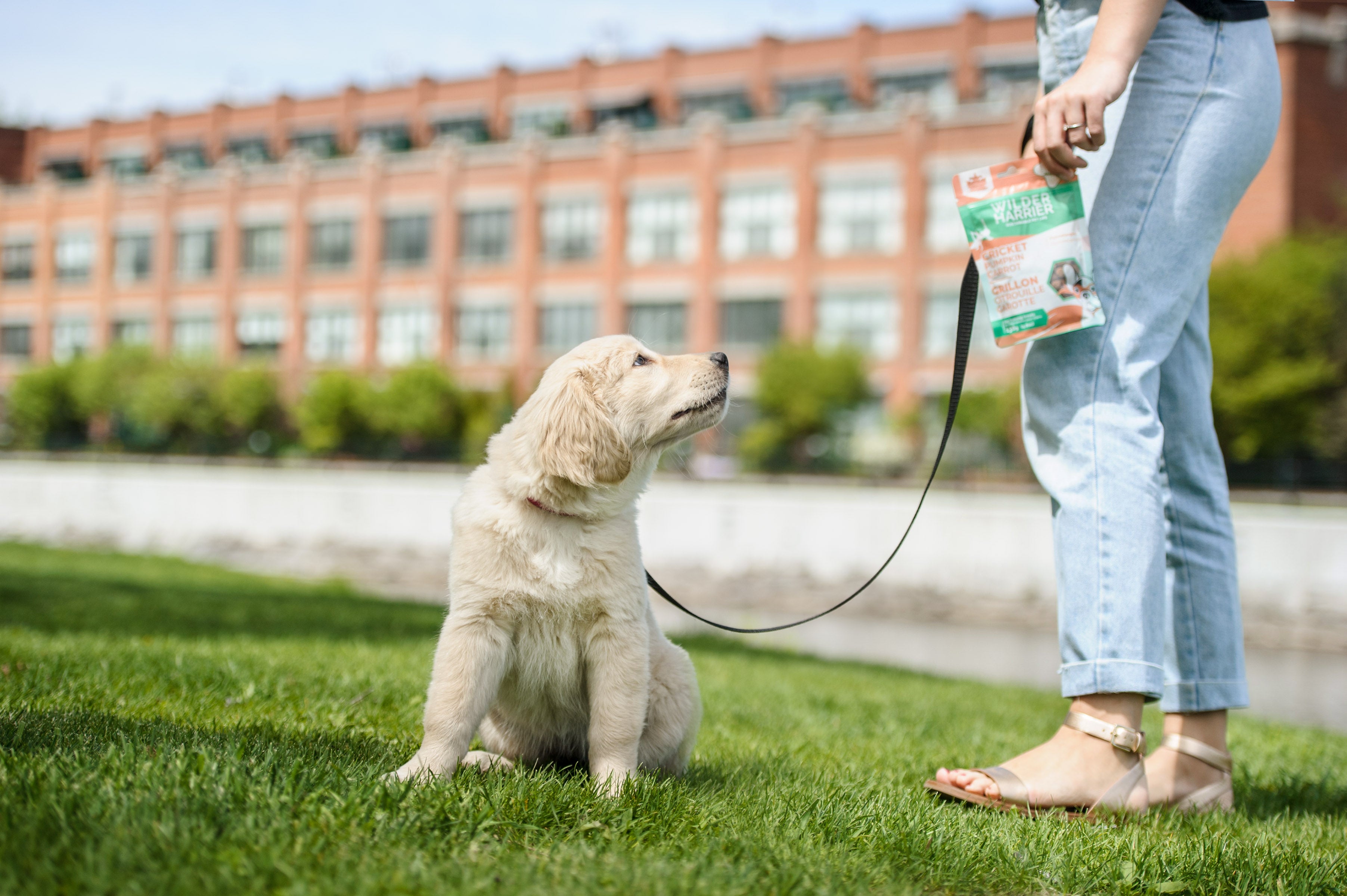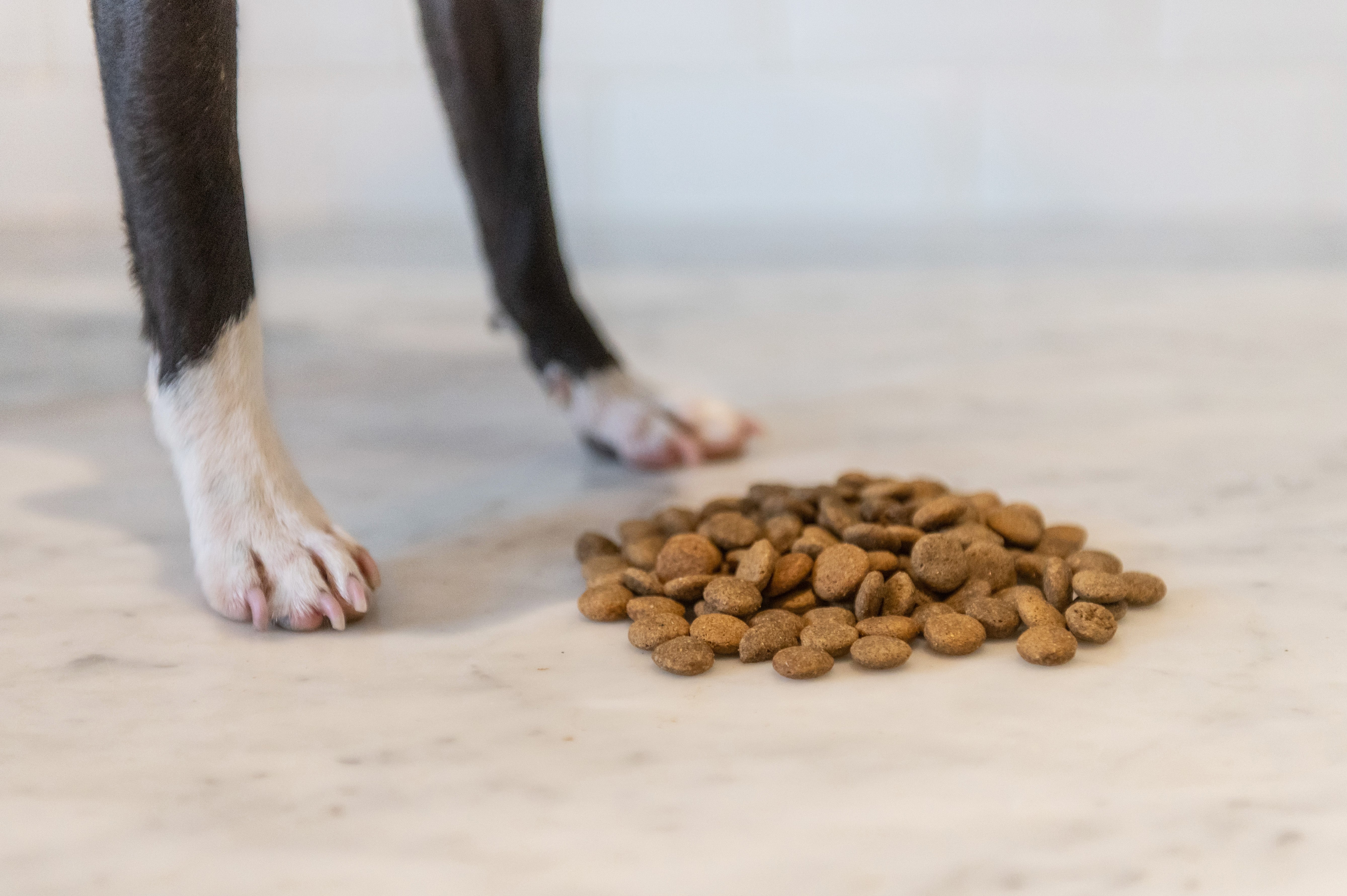Responsible dog owners, at some point, will focus their concerns on nutrition. Proper dog food is essential for longevity, and our furry companions should have well-balanced foods to ensure they are provided the opportunity for a full life.
Even though it may seem challenging, choosing food for your dog or puppy doesn’t have to be so difficult. Just as humans work to stay healthy by choosing good nutrition for our diet, you can do the same for your furry friend.
Here are the top ten things you should look for when deciding on the best food for your dog or pup and how these essential ingredients will help your dog’s development.
Nutritional Needs
When looking at the various types of dog food, you should equip yourself with knowledge. First, have a lengthy discussion with your veterinarian or the shelter where you adopt your dog to begin understanding their nutritional food needs.
Many dog owners feed their pets dry kibble or canned, wet foods. However, these foods may not contain all the nutrients our dogs need for health. Although the cost of commercial dog food brands is formulated with minimum nutritional requirements, not every dog has the same dietary needs.
Breed Type
You might also want to research online to learn more about your dog’s needs by its particular breed. But, again, education on proper nutrition is your best line of knowing what to look for, even before you start reading those dog food labels so that you have a better understanding of what is essential in your dog’s diet.
Small breeds of dogs and large dog breeds have different nutritional needs. Larger breeds are more at risk for skeletal issues, so they need certain nutrients to promote musculoskeletal health. Small breeds may require bite-sized portions of food, so they don’t choke on larger-sized kibble. Research your dog’s breed to determine what requirements for its nutrition.
Stage of Life
Dog nutrient requirements will also change during different stages of life. For example, puppy chow nutrients will differ vastly from adult and senior-aged dog foods. So, starting with a puppy formula or dog food approved for any life stage will be helpful to look for on the label, so you can ensure your dog is getting the proper nutrition at the correct stage.
Now, let’s examine more closely the proper ingredients you need to look for on those dog food labels, regardless of life stage. Your dog’s health should focus on specific building blocks for a healthy, balanced diet.
Reading Dog Food Labels
It can be helpful to gain an understanding of how to decipher your dog’s food labels. While they are required by the Food and Drug Administration (FDA) to tell you certain specs, individual states can vary depending on those labeling requirements.
Most labels will read like this:
- Name of Product
- Weight of the product
- Name/address of the manufacturer
- Analysis
- List of ingredients
- The intention of species (for a dog or a cat, etc.)
- Nutritional adequacy
- Feeding guidelines
Your primary focus should be on ingredients, but it is important to know that the quality of the ingredients listed may depend on how the manufacturer splits them up. For instance, if there is ground corn, kibbled corn, and corn meal within your dog food, it may be split up separately and not listed as high on the list, even though the amount of corn in the food is high.
The other thing to look for exclusively is the statement “(Product) is formulated to meet the nutritional needs established by the Association of American Feed Control Officials (AAFDCO) Dog Food Nutrient Profiles.” There are strict requirements from the AAFCO to ensure that a dog food product is complete and balanced. You also have the option to contact the dog food company directly with any questions about their products.
Amino Acids
During the first week with your puppy, you may have more concerns about acclimating your dog to its new environment. In addition, you should focus on ensuring that you start with the right foods for growth and development. There are ten amino acids that you should always look for on labels, and they are:
- Valine
- Leucine
- Isoleucine
- Arginine
- Histidine
- Lysine
- Methionine
- Phenylalanine
- Melanin Tryptophan
- Threonine
There are sources from meats and plants that contain these amino acids. In addition, dogs need other amino acids for survival that they can create on their own, but these ten are crucial to look for when choosing the right dog food.
Proteins
The amino acids are so vital because they are building blocks of proteins. Meat-based or plant-based proteins help deliver essential nutrients for strong muscles. All dogs need proteins in their diet. They help with organ function, cell building, hormones, and antibodies.
Proteins that come from meat are considered more complete than plant proteins. So, when you are reading the dog food label, you should look for words such as “beef,” “salmon,” or “chicken,” which indicate that the food is mainly made up of a meat protein. Other good proteins you want to see include “egg,” “poultry,” and “soy.” However, if you see “meat by-products,” there are fewer parts of the animal to give you those complete proteins in the food.
Fats
Fats are not bad for you; they are often associated with health problems, but they are still a necessary part of a good diet. They provide your dog with energy to burn when playing and running around. Fats are also very digestible and the primary nutrients that give your dog energy.
The more common fats that dogs need include the Omega-3 and Omega-6 fatty acids. Dogs are not able to make these fats on their own. Good sources of these fats come from the following fats and oils:
- Fish oils
- Canola oil
- Soybean oil
- Flaxseed oil
- Corn oil
- Sunflower oil
- Pork or chicken fats
You can also include other good fats within your dog’s diet, such as nut butters, avocados, yogurt, and other seeds like chia or pumpkin. Dogs are not at high risk of heart disease with high saturated fats, but limiting fats for less active dogs may be necessary, so consider your dog’s activities before adding too much fat to its diet.
Vitamins and Minerals
Dogs also need vitamins and minerals in their food. Some of the key vitamins and minerals to look for when you are looking at dog food labels include:
- Vitamins A, B1, B2 (Riboflavin), B6, B12, C, D, E, K
- Folic Acid
- Niacin
- Calcium
- Iron
- Magnesium
- Potassium
- Sodium
- Iodine
- Copper
- Zinc
Typically traditional dog foods contain these required amounts of vitamins and minerals. However, too much or too little can affect your dog’s health. So, suppose you are concerned about the vitamins and minerals within dog food, research and learn based on your dog’s breed, age, etc. Then, what are the best foods with all the vitamins they need? Consult your veterinarian about adding supplements to your dog’s routine if you have concerns.
Carbohydrates (Carbs)
Like fats, carbohydrates play a significant role in providing energy for our furry friends to aid them in running around, playing, and doing other exercises. Carbohydrates also utilize fiber, which is crucial for digestive health in your pup. Fiber can help manage diarrhea, and carbs also work to maintain your dog’s body tissues by saving proteins and using carbohydrates first.
Some fiber ingredients to look for in food include beet pulp and brans, such as corn bran or rice bran. Puppies don’t require a lot of high fiber, nor do dogs that already contain high energy levels.
Grains
Whole grains such as Barley, Wheat, Rice, Corn, and Oats provide your dog with valuable nutrients such as vitamins, minerals, and fatty acids. Grains are also an excellent source of carbs and give your dogs fiber. If you have an allergic dog and need grain-free food, look for quality ingredients that replace the grains, such as peas or potatoes, rather than another less nutrient-rich filler.
Food Feedings
While it’s essential to look for specific ingredients, you also need to look at how much of that food you should be feeding your dog. Most dog foods will provide feeding guidelines, but remember that these are not set in stone for how often or how much to feed.
For instance, if you start to feed your dog based on the outline for the food, but you notice your dog seems to be getting fat and gaining weight, you should reduce the amounts or how often you are feeding. Speak to your veterinarian if you are concerned if your dog seems obese or overweight and how you should be scheduling your food feedings.
Mixing Wet and Dry Foods Together
You might also want to look into mixing both wet and dry dog foods since there are benefits to your dog eating both kinds. For example, wet foods have more moisture, giving your dog some extra water and aiding their health. On the other hand, kibble is hard and helps to scrape tartar off your dog’s teeth.
Feeding puppies a mixture gives a good balance and will also help your budget since wet foods tend to have a higher price point. If you have a dog that is opposed to dry foods, it can also help entice them to eat their food by mixing in a little bit of wet food.
Final Thoughts on Dog Foods
Sometimes your dog will not enjoy the food you provide and refuse to eat it, no matter what you do. You may also encounter your dog's allergy to certain foods, and you’ll have to adjust its diet.
Any transition of dog foods, be it due to an allergy or moving to a new stage of life, you must introduce the new food slowly throughout a period (like a week or so) so that your dog doesn’t have an adverse reaction right away.
Understand what to avoid when feeding your dog or puppy, and avoid certain foods that can cause problems with your canine, such as raisins, grapes, almonds, or chocolate. Then, take your time, research food brands, and ask for help from an expert to ensure you provide your puppy with the best nutritious dog foods for a healthy, happy life.




